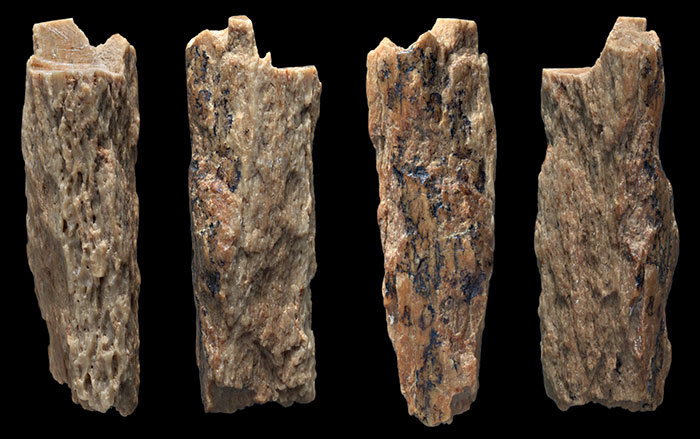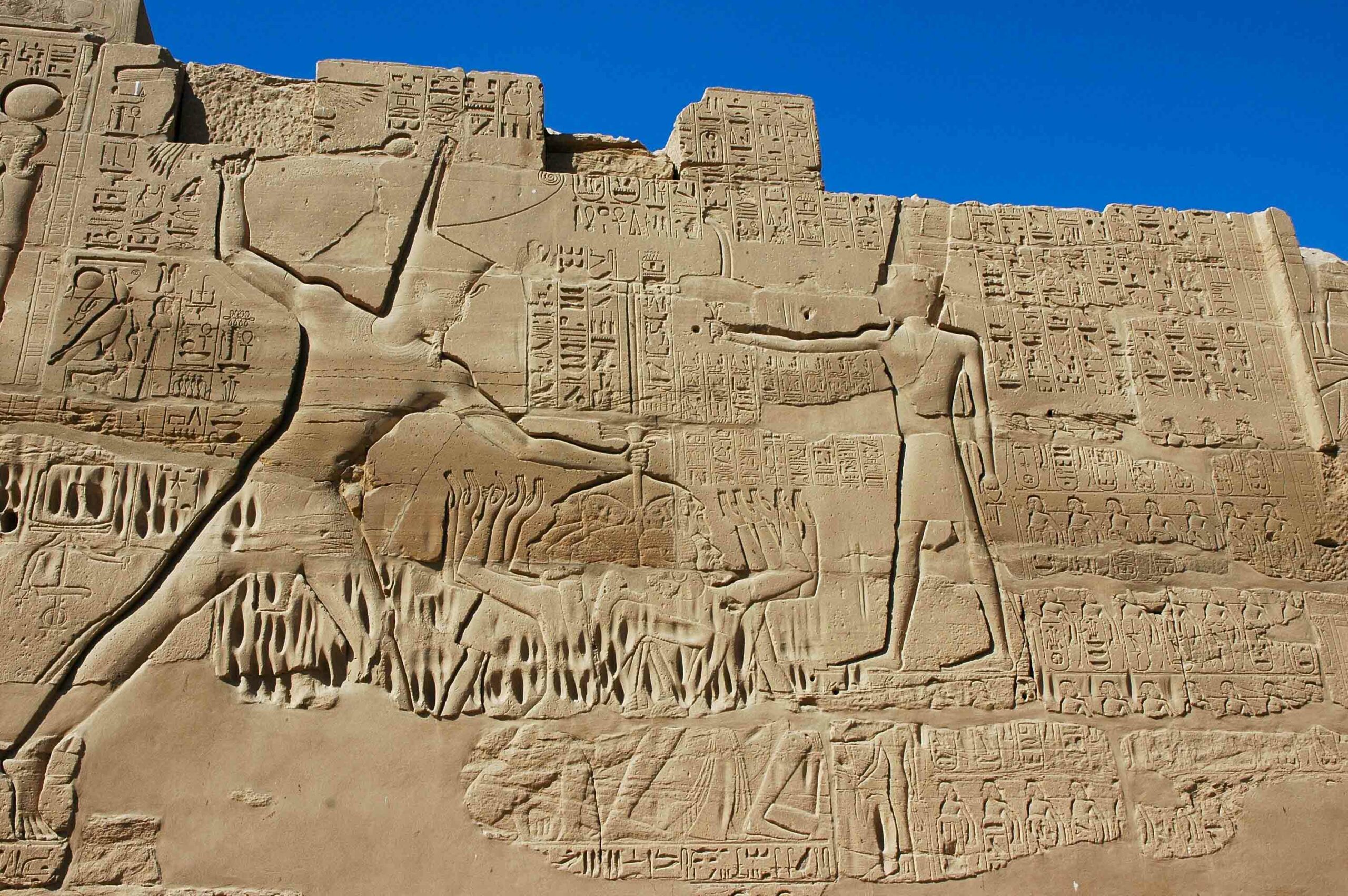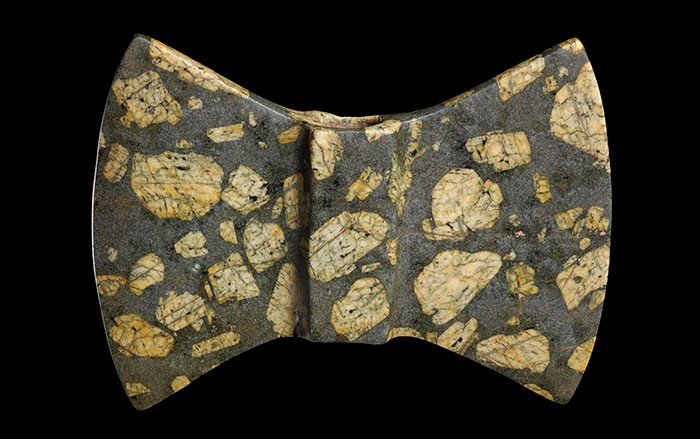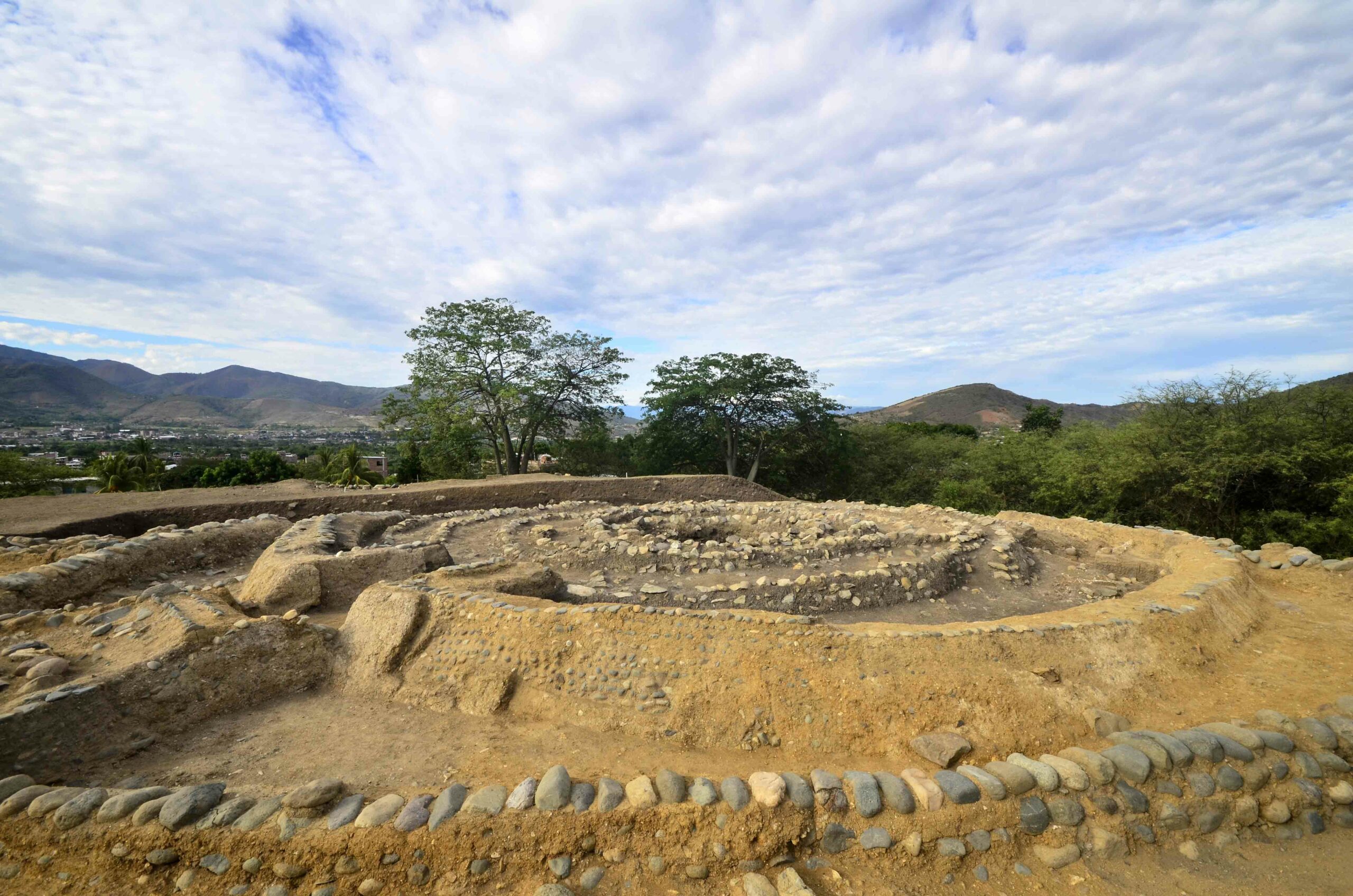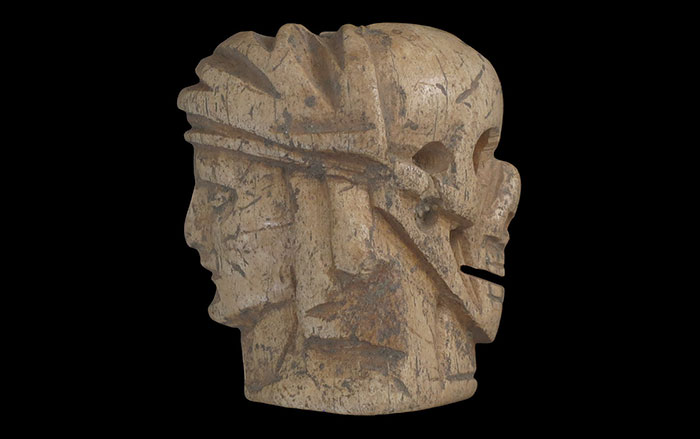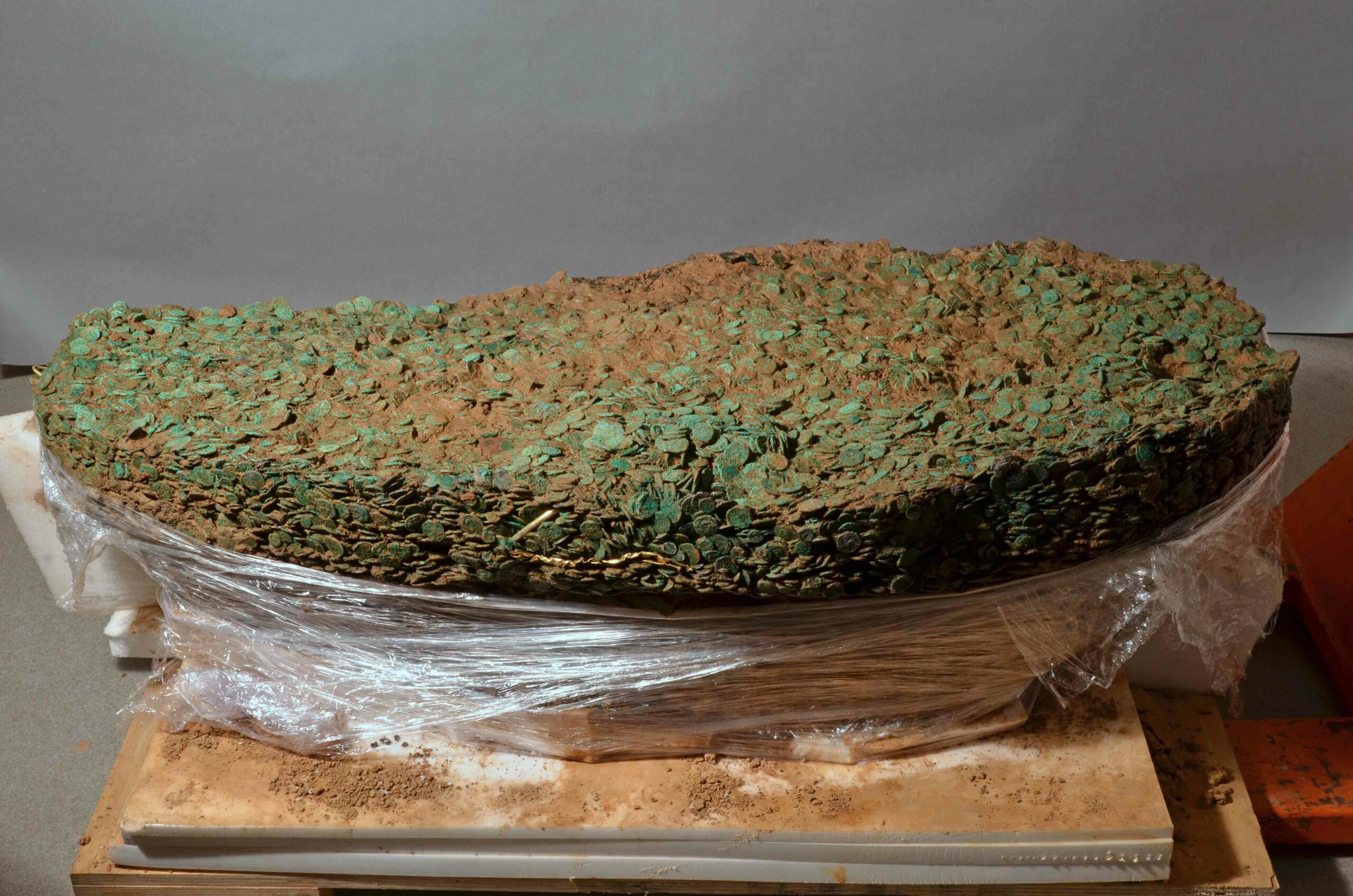
SAN DIEGO, CALIFORNIA—According to a report in The San Diego Tribune, scientists led by Anne K. Bergfeld and Ajit Varki of the University of California, San Diego, have identified a molecule made by many animals, and all apes, but not modern humans. It could help distinguish between fossils of hominins related to modern humans, and those of species that belong to side branches of the human family tree. The loss of the substance, called Neu5Gc, may have even created a fertility barrier between the ancestors of modern humans and other hominins. The scientists first tested a 50,000-year-old cave bear fossil, and found an unusual form of chondroitin sulfate, a surviving remnant of Neu5Gc, and then a four-million-year-old bovine fossil, which also contained the molecule. Since human ancestors are thought to have lost the ability to make Neu5Gc between two and three million years ago, it appears that the technique could help researchers more accurately identify the period of when the loss occurred. Varki and his colleagues are now refining the testing process so that a smaller amount of fossil would have to be destroyed in the analysis. When that work has been completed, hominin fossils may be considered for testing. For more, go to “Proteins Solve a Hominin Puzzle.”


